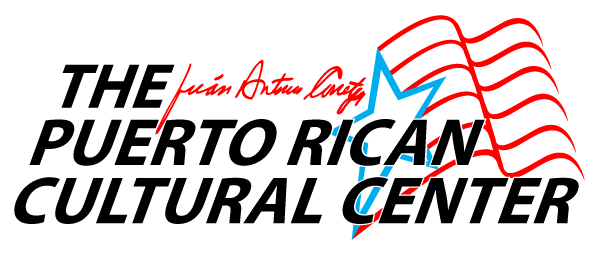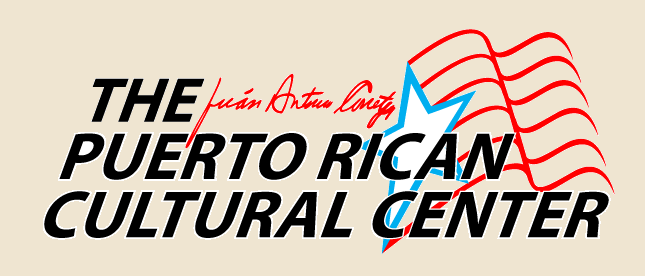Miami – The disaster Hurricane Maria left in Puerto Rico more than six months ago was the guiding thread in a summit sponsored by the Clinton Global Initiative (CGI) and the University of Miami that brought together leaders from government, business and civil society to promote initiatives that encourage the recovery and the reconstruction of the Caribbean after the hurricane.
Yesterday, along with former President Bill Clinton, Resident Commissioner in Washington Jenniffer González and the mayor of San Juan, Carmen Yulín Cruz, were also participating as main speakers.
Also, through a video, the Puerto Rican producer Lin Manuel Miranda called to join efforts in the search for ideas for the sustainable recovery of the Caribbean. Several mayors from Puerto Rico, government representatives of the Virgin Islands, businessmen and directors of non-profit organizations also participated.
The Clinton Global Initiative is part of the Clinton Foundation, an entity dedicated to integrating multisectoral efforts to recover countries affected by disasters. This meeting took place about 58 days before the start of the next hurricane season, which promises to be active and begins at a time when Puerto Rico is trying to normalize its daily life even when the driving force of its economic development – the power grid – is vulnerable and unreliable.
The big challenge
Precisely, the reconstruction and power renovation of the Caribbean was one of the specific issues of this summit. But something was clear, Puerto Rico will have to go through this and next hurricane seasons before it can have a truly strengthened and technologically renewed system. It is a task without shortcuts.
“In Puerto Rico, we are used to hurricanes, but never to have everything collapsed. Already 94 percent of the population has electricity, but there are about 100,000 without service, especially in the inland villages. This means that our system is weak. We are patching things up, because we are focused at this moment in bringing electricity to everyone, not in rebuilding the system. Our system is not reliable”, said González during the plenary session that opened the event.
“The people of these islands have shown a remarkable resilience and a resolve to do long-term work and build back better. We are here to do what we can to help these people build communities that are stronger, safer, more prosperous, and more resilient,” he said.
The high cost of electricity in Puerto Rico and in the rest of the Caribbean is one of the obstacles to attracting private investors, said Stacey Plaskett, Virgin Islands congressman. The cost ranges from 30 cents to 60 cents per kilowatt hour, placing it on the list of the most expensive in the world, added Jose Maria Figueres, former president of Costa Rica who moderated a panel on the reconstruction of the power grid after Hurricane Maria.
“In the case of Puerto Rico, the priority is the reconnection of the power grid. There are still weekly blackouts! But at a cost of 30 cents a kilowatt, the challenge will be how we attract private investors to renew our system”, added the Commissioner, whose participation also showed how the crisis left by the hurricane has aggravated the migration of doctors, reaching 700 every year. On the island there are about 10,000 registered doctors, a figure that was dramatically reduced, to serve a population of 3.3 million inhabitants.
98 percent of energy on the island depend on petroleum derivatives, while less than two percent comes from renewable sources of energy. The task of energy reconnection is in the hands of the US Army Corps of Engineers, who planned to leave Puerto Rico on April 7, but extended its mission until May 18. “And I have asked them to stay until they complete 100 percent of the task”, Gonzalez said in an aside.
During the session that discussed the energy reconstruction of the Caribbean, participants agreed that the process will take time.
“We need a Marshall Plan for the Caribbean to rebuild the area”, said Andrea Luecke, director of the Solar Foundation, an entity that managed to install 15 solar energy systems in Puerto Rico to power primary health clinics. The Marshall Plan was an initiative of the United States that was put into effect in 1948 to rebuild the European economies after the Second World War. The aid is estimated to have totaled $ 13 billion.
However, the mayor of San Juan, Carmen Yulín Cruz, who was invited to participate in a final panel also moderated by Clinton, said during her participation that the United States government should take its hands off recovery and restoration works. She pointed out that the Federal Emergency Management Agency (FEMA) and the Corps of Engineers were bureaucratic agencies that “created more bureaucracy” and that this slow response has caused more damage than the hurricane itself. “Meanwhile, the suicide rate has increased and there are dozens of people missing” she said.
“I have differences with the governor (Rosselló), but democracy is respected and it is him and the mayors of the 78 municipalities who should be in charge of the recovery, not the federal government and its bureaucracy”, she reiterated.
“Nothing is going to happen on the island until the federal government leaves discrimination and bureaucracy behind”, she added, criticizing those federal agencies for continually changing the rules. She mentioned, as an example, that FEMA now requires authorization from Congress when a government claims a refund of more than $ 1 million. “There is such a lack of coordination among them that it hampers Puerto Rico´s recovery,” said Cruz, who recently made her intentions to run for governorship public.
Other Puerto Rican mayors, such as Carmen Maldonado, mayor of Morovis, and Ernesto Irizarry, municipal executive of Utuado were among the participants. They were invited to the event but said they wanted to take advantage of the occasion to give visibility to the crisis their municipalities are experiencing. Nearly half of the inhabitants of both towns are still in the dark, they said yesterday.
“I still have three neighborhoods isolated”, Maldonado added. “There is no way we can recover if the government itself makes decisions that set us back, such as wanting to close the university and several schools”, complained Irizarry.
PUBLICIDAD
For his part, Nelson Torres Yordan, Guayanilla’s mayor, said he was there in order to try to make contacts that would allow him to lobby for the channeling of the Guayanilla river that when it overflows resumes its channel, which is where the town is. The mayors of Ponce, Maria “Mayita” Melendez and Canóvanas, Lornna Soto also participated.
Housing and aid
In addition to the restoration of the power grid, Puerto Rico needs to address other areas such as the housing issue, said Commissioner Gonzalez. FEMA denied assistance to about 16,000 families who suffered damage to their residences, for not having a property title, Gonzalez recalled. “That is why we filed a bill to force FEMA to grant such assistance, regardless whether they have the title or not, as happened after Katrina in New Orleans”, she said. “That is quite on track and next week the Deputy Secretary of Housing and Urban Development will be in Puerto Rico for this and other matters”, Gonzalez told this newspaper.
In total, the federal government has allocated more than $ 20 billion in funds to assist the Island in its recovery process, she said.
During the meeting there were announcements that directly affect Puerto Rico. For example, the Afya Foundation is committed to providing medical supplies, mainly for health services for the eldery in rural areas. This entity will work in partnership with Acción Social (Social Action), a local organization. Afya will send three containers -of 40 feet each- with medical supplies and equipment that would be distributed in 22 senior centers located in 76 of the 78 municipalities of Puerto Rico.
Meanwhile, the environmental organization Para la Naturaleza (For Nature) announced the launch of an initiative called “Habitat”, which consists of a comprehensive plan of reforestation and restoration in vital ecosystems of the island that were destroyed by the cyclone. During the validity of this plan, which will last seven years, Para la Naturaleza will maximize the production of plants with the goal of planting 750,000 native and endemic species (which only live in Puerto Rico). Because they are adapted to our ecosystem, these plants tend to be more resistant to extreme natural events such as hurricanes. After the reforestation, the organization will carry an evaluation and maintenance plan of the areas to ensure, at least, a survival rate of 80 percent. This initiative will involve about 100,000 volunteers.
Americares committed to support health professionals and social services to strengthen the attention to mental health services after the hurricane, a problem that has arisen after the fury of Maria. On this, Clinton mentioned that, in Puerto Rico, suicides have increased by 15 percent after the hurricane. Over the next year and a half, that entity will train 5,000 health professionals throughout the island.
The International Medical Corps organization is committed to helping improve primary medical services for children through a partnership with Med Centro, a community organization of comprehensive primary health services on the island. Their goal is to improve access to medical services for 1,000 children of school age.
Meanwhile, a group of non-governmental organizations – including the Hispanic Federation, Direct Relief, Solar Foundation and New Energy PR – promised to install solar energy equipment in 12 primary care clinics located outside the metropolitan area and that have barely been able to operate.






